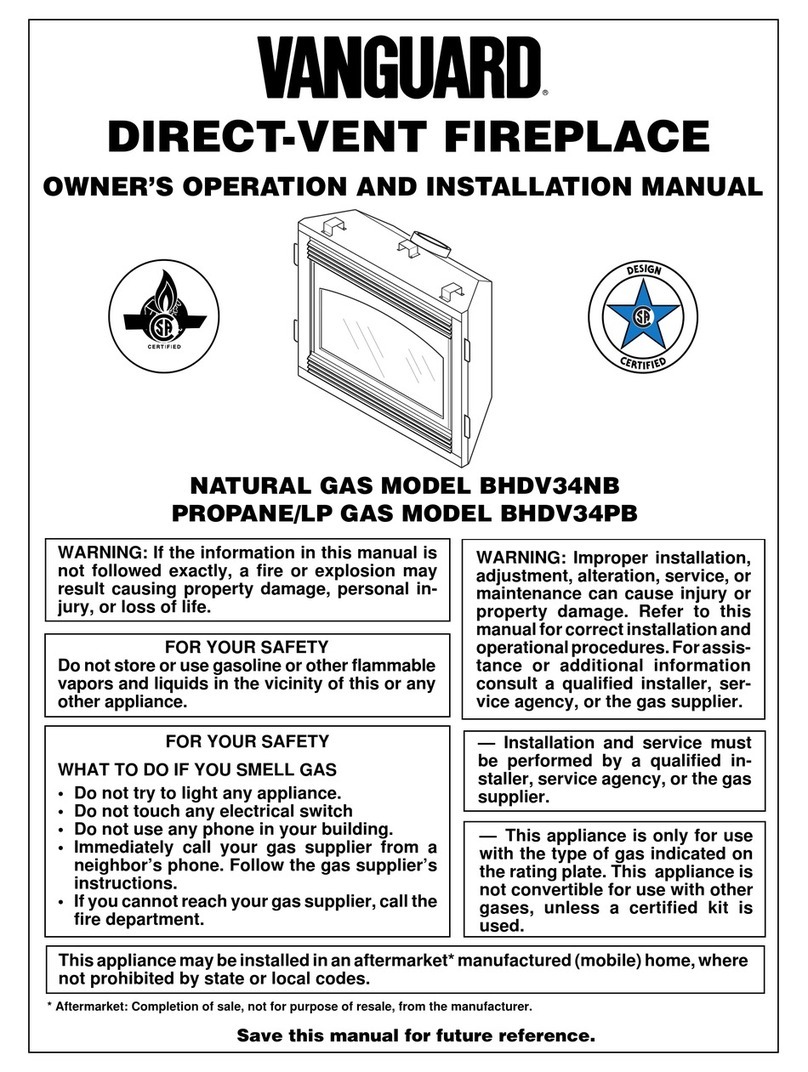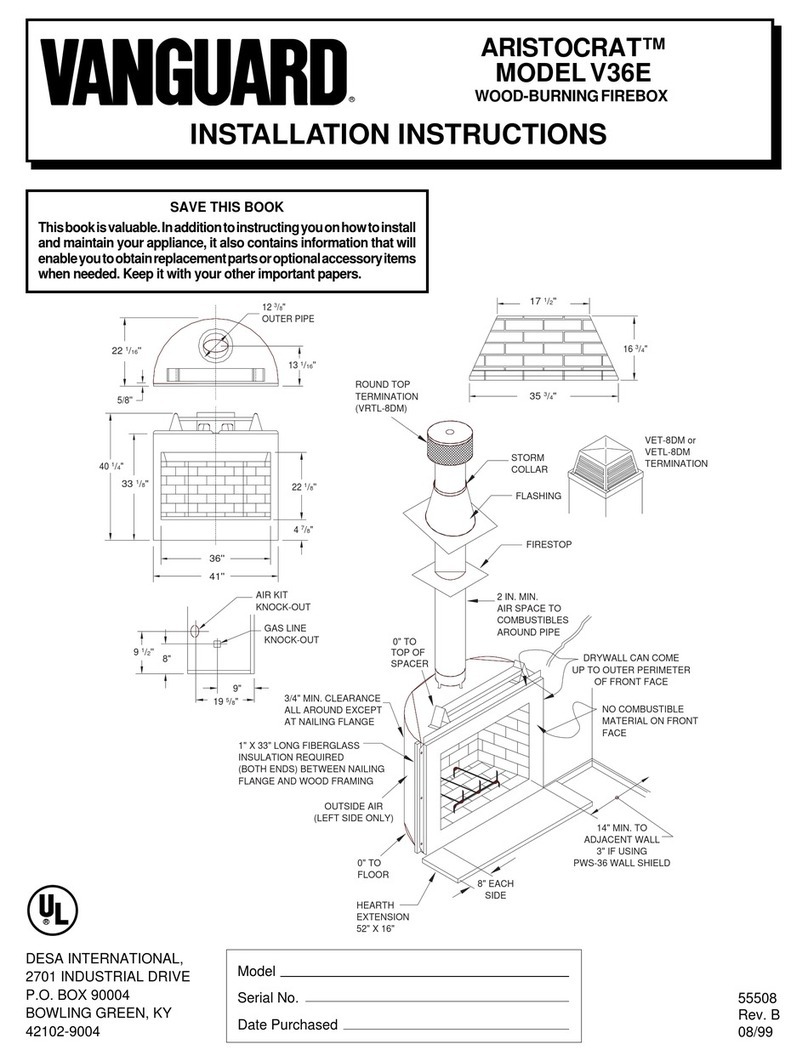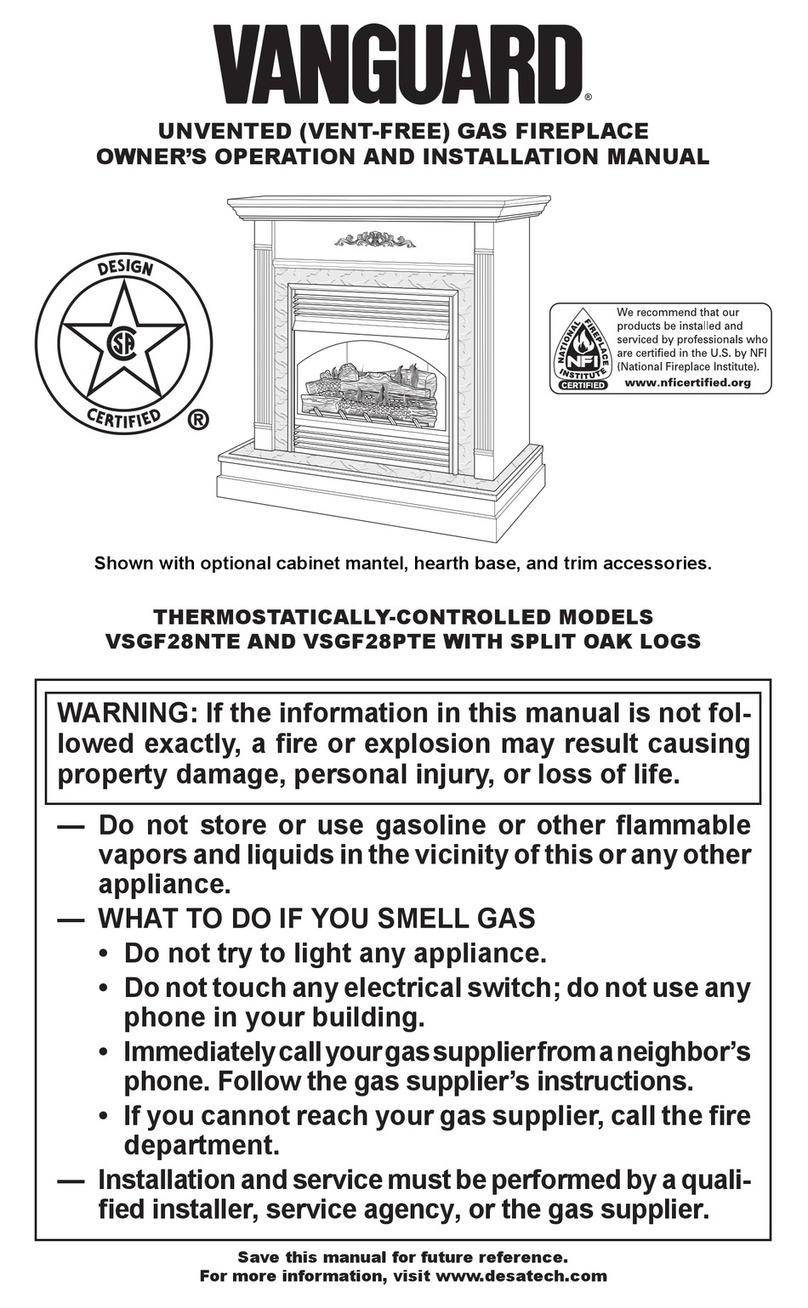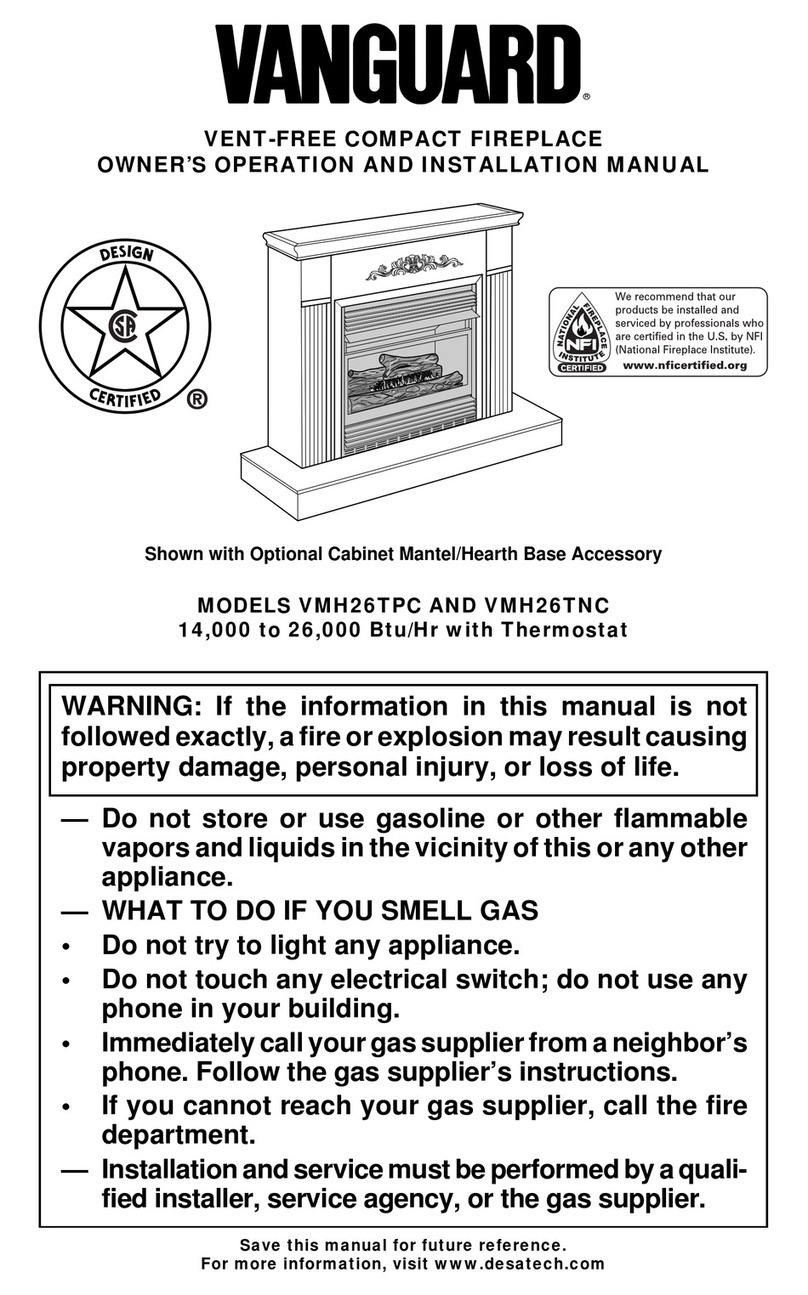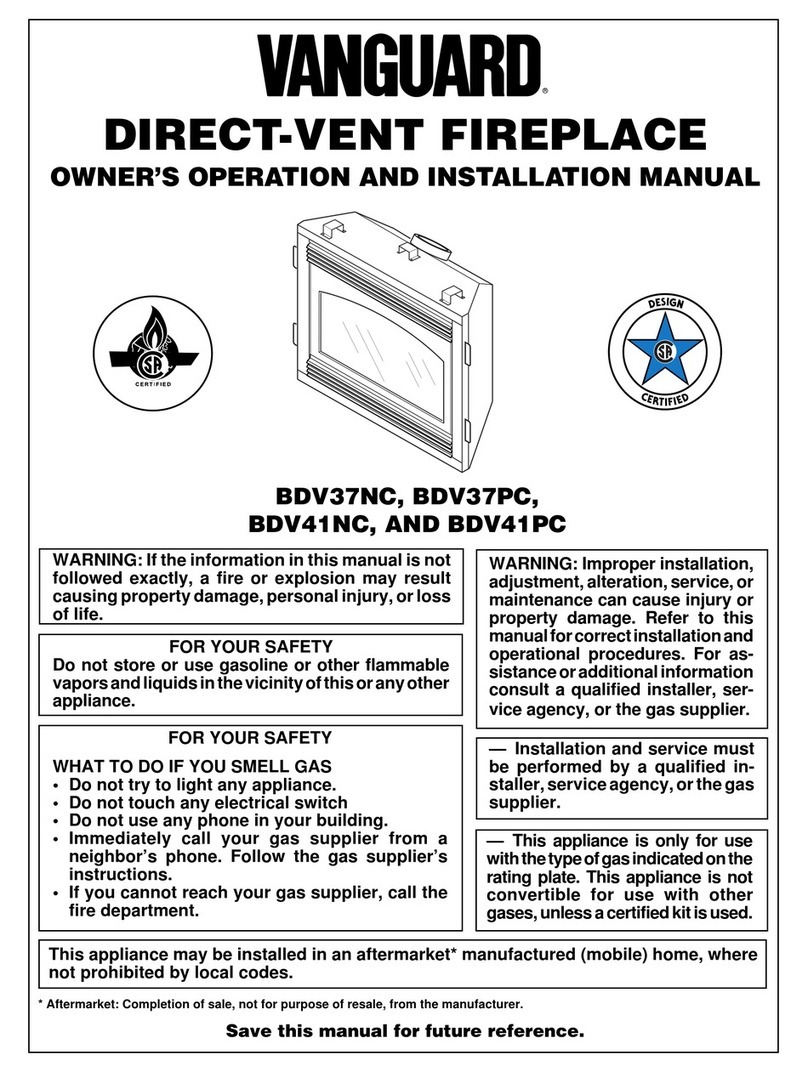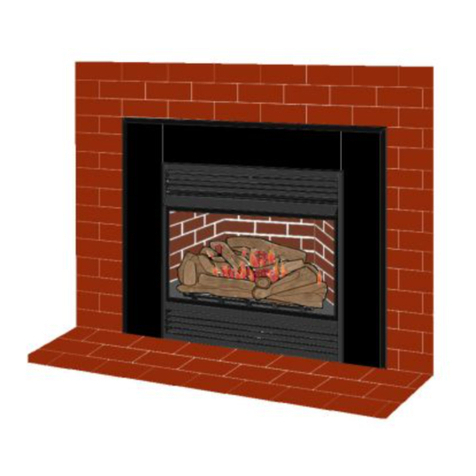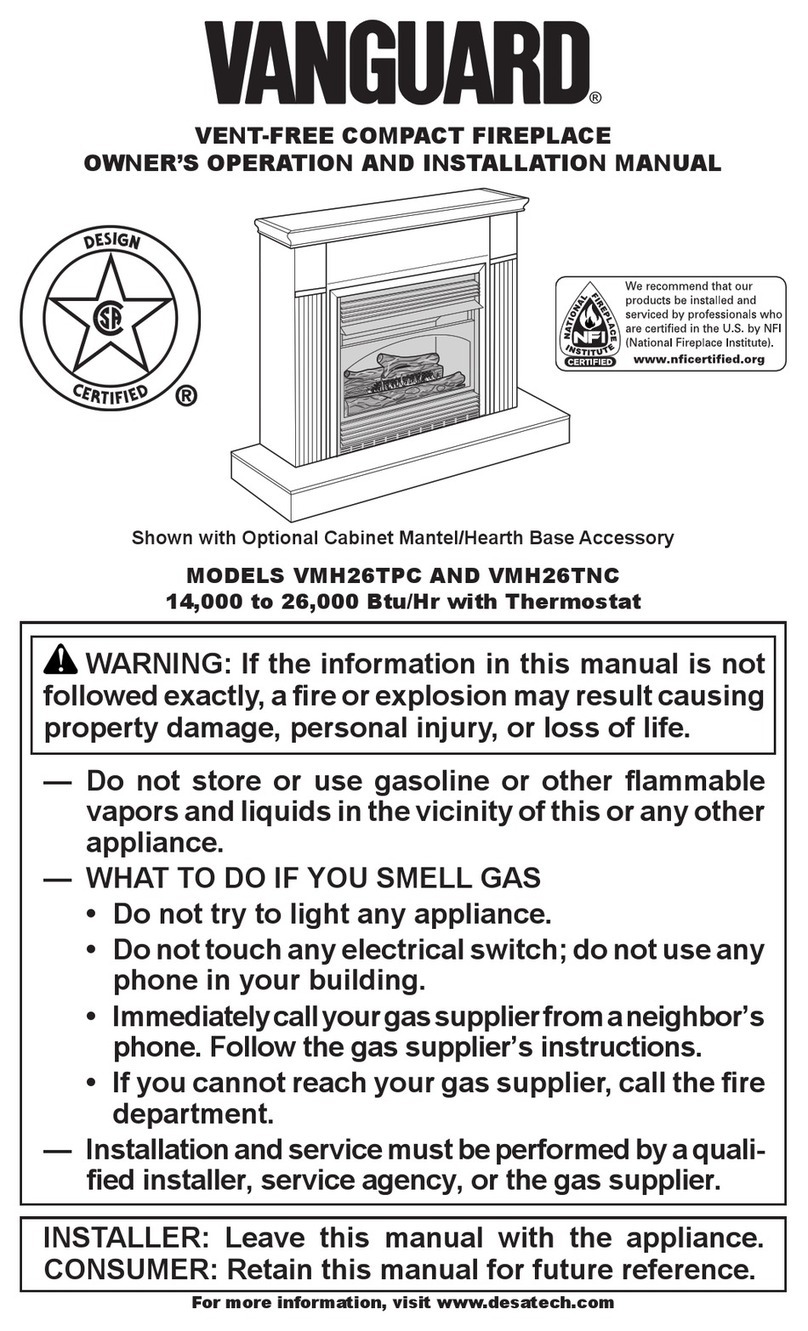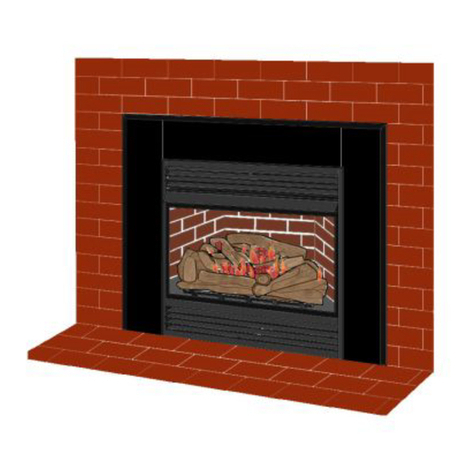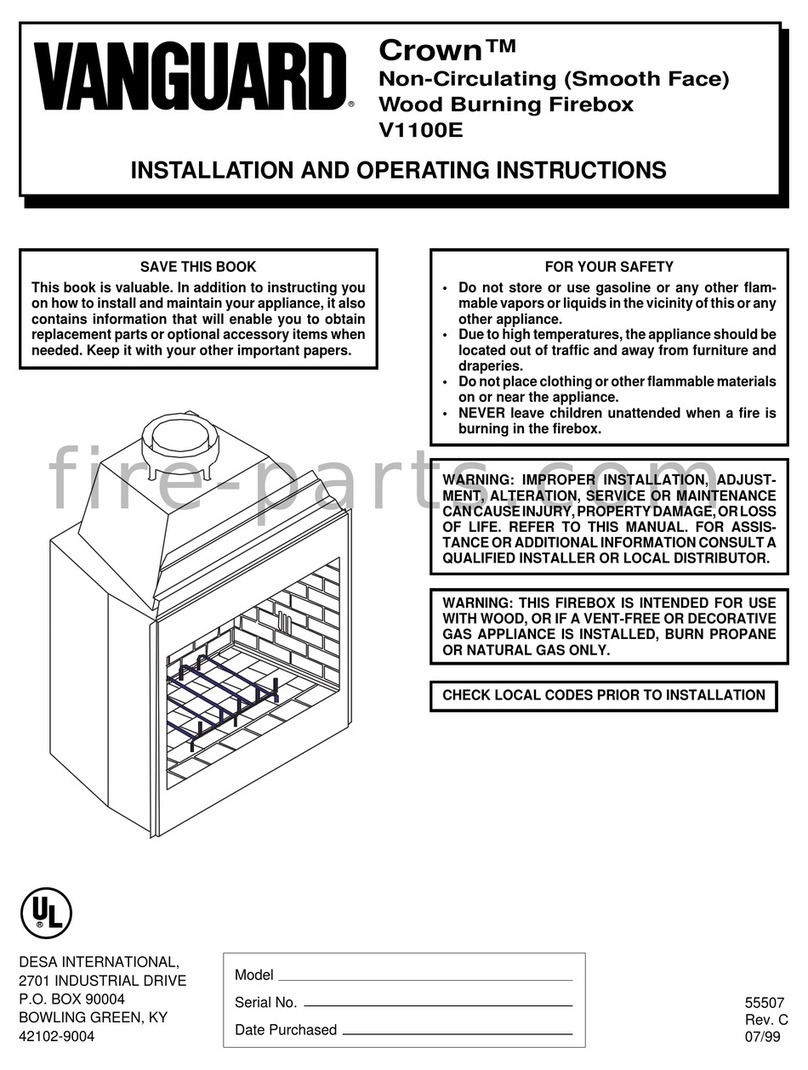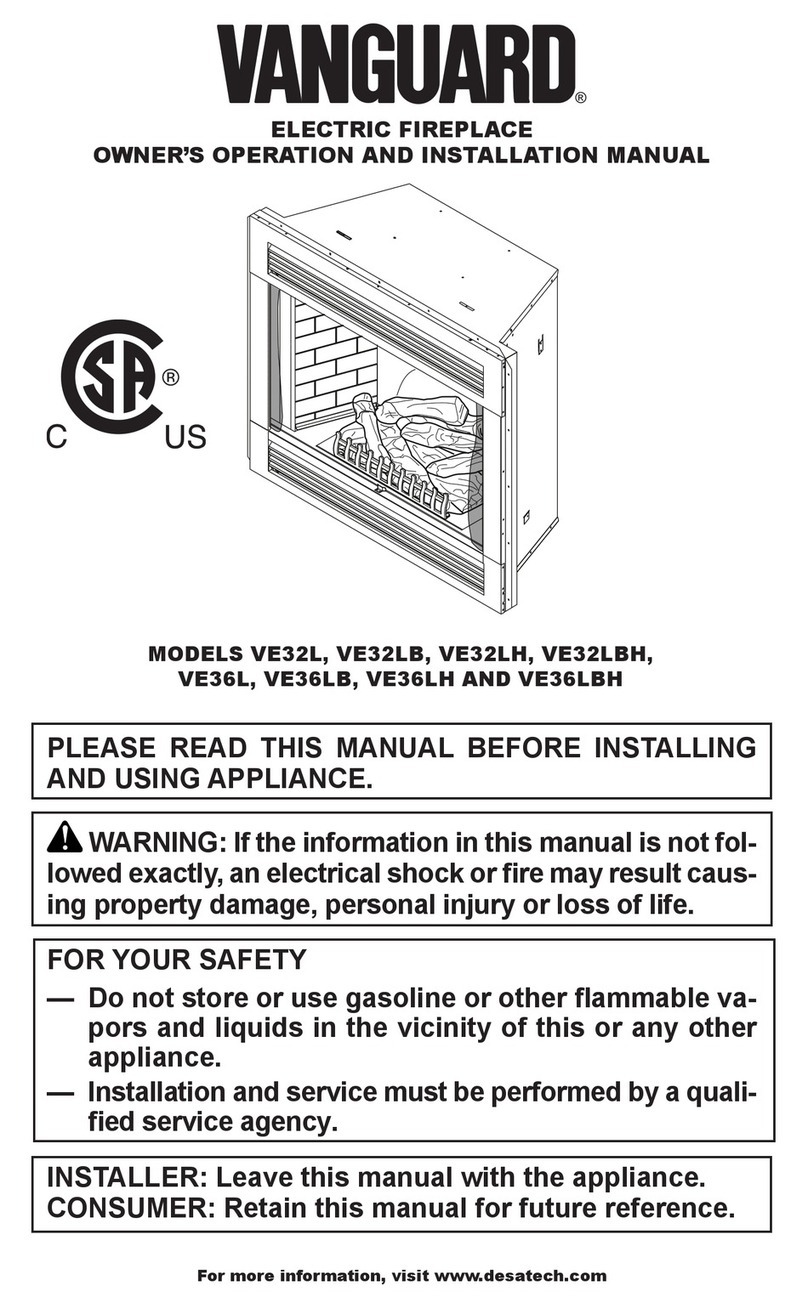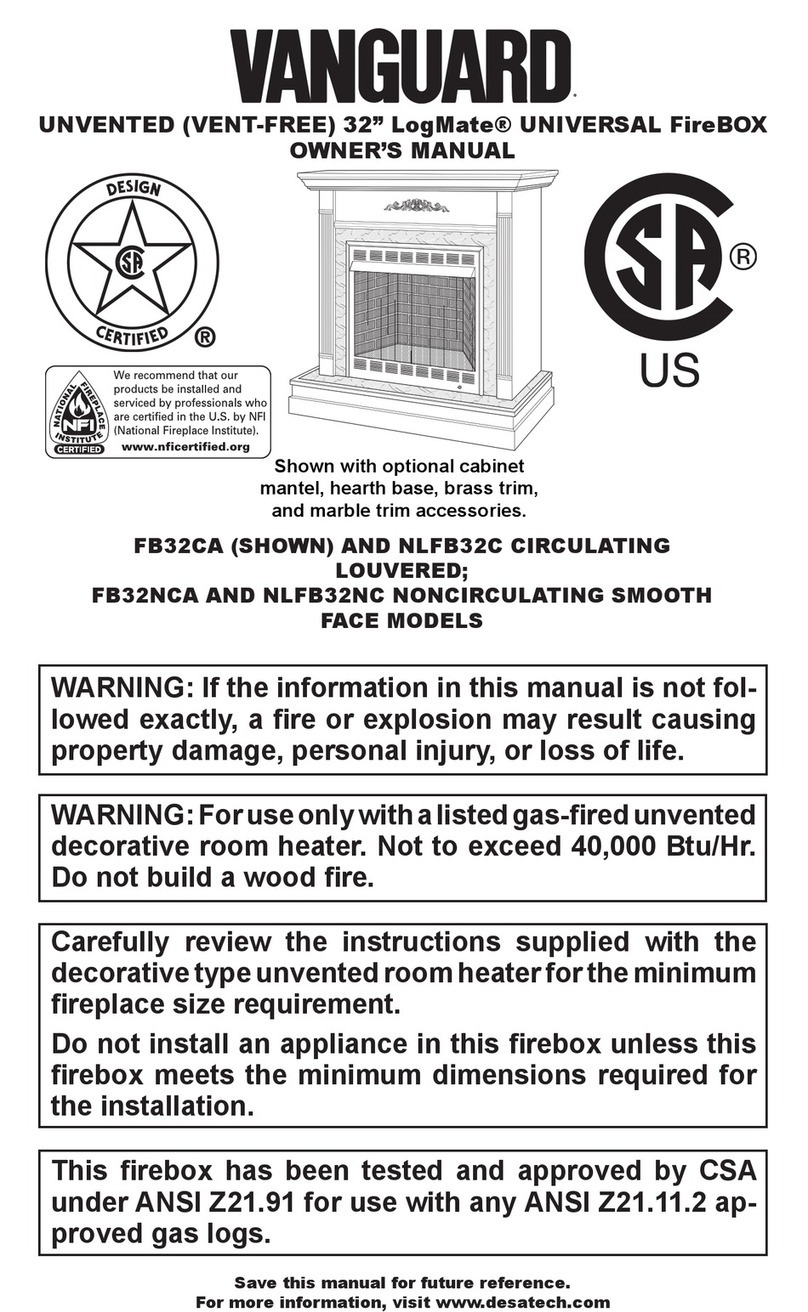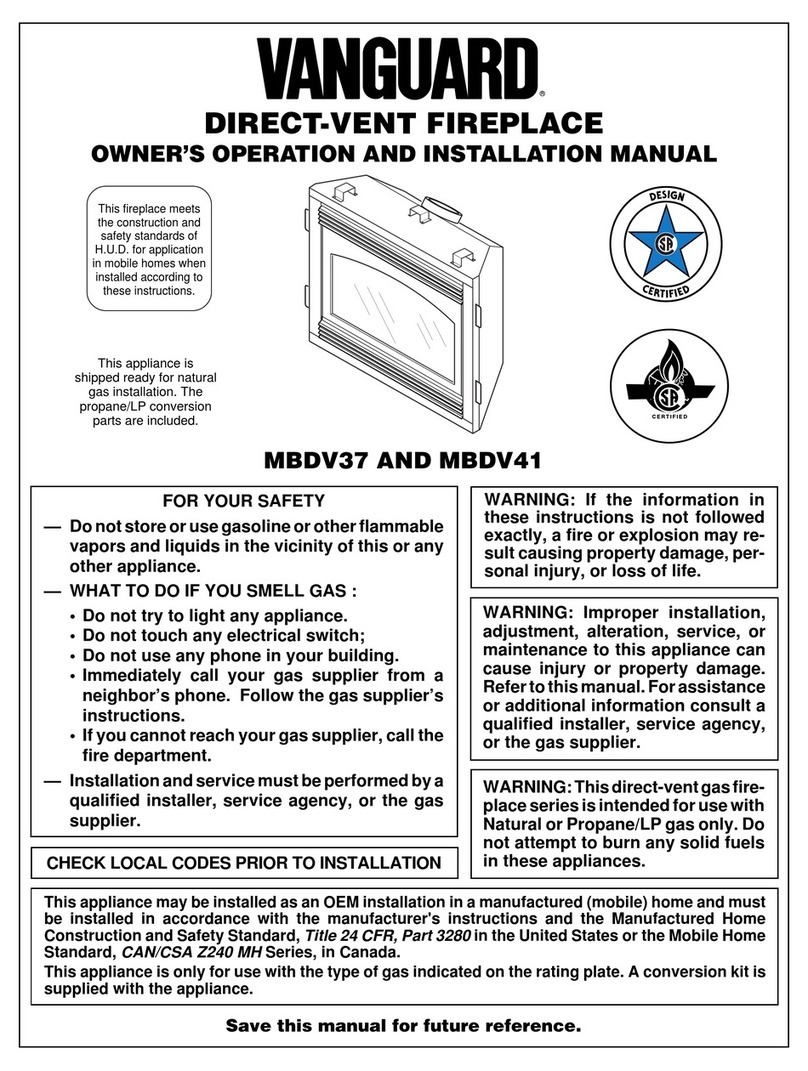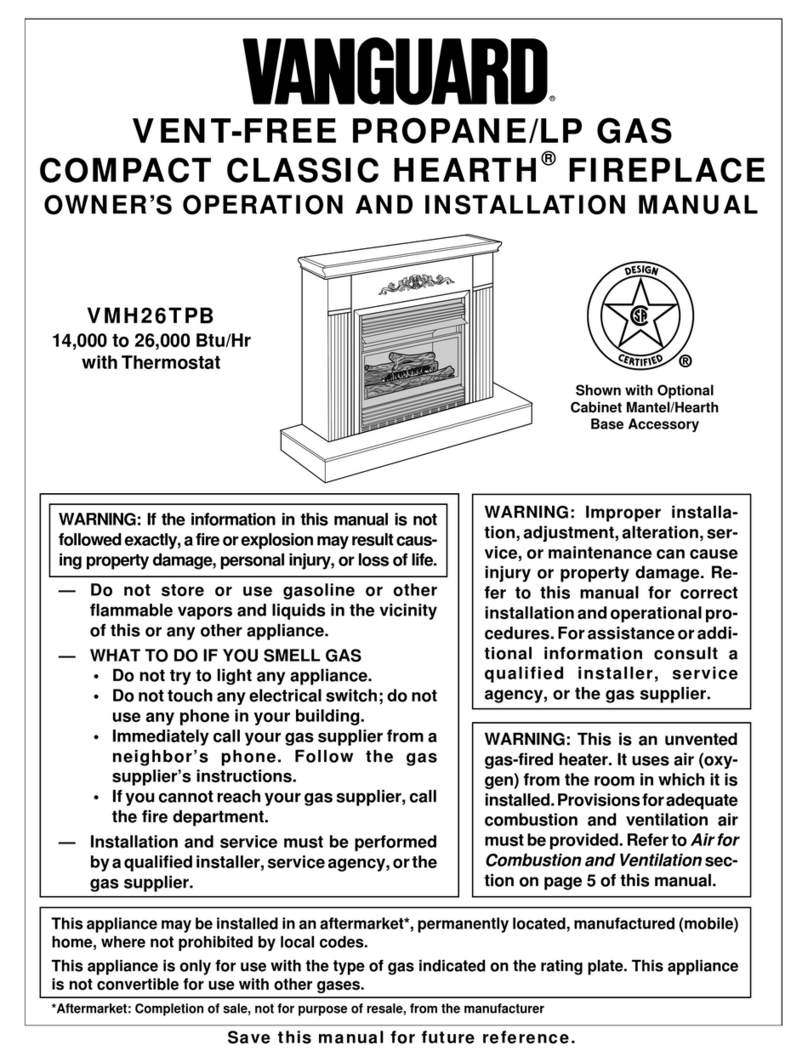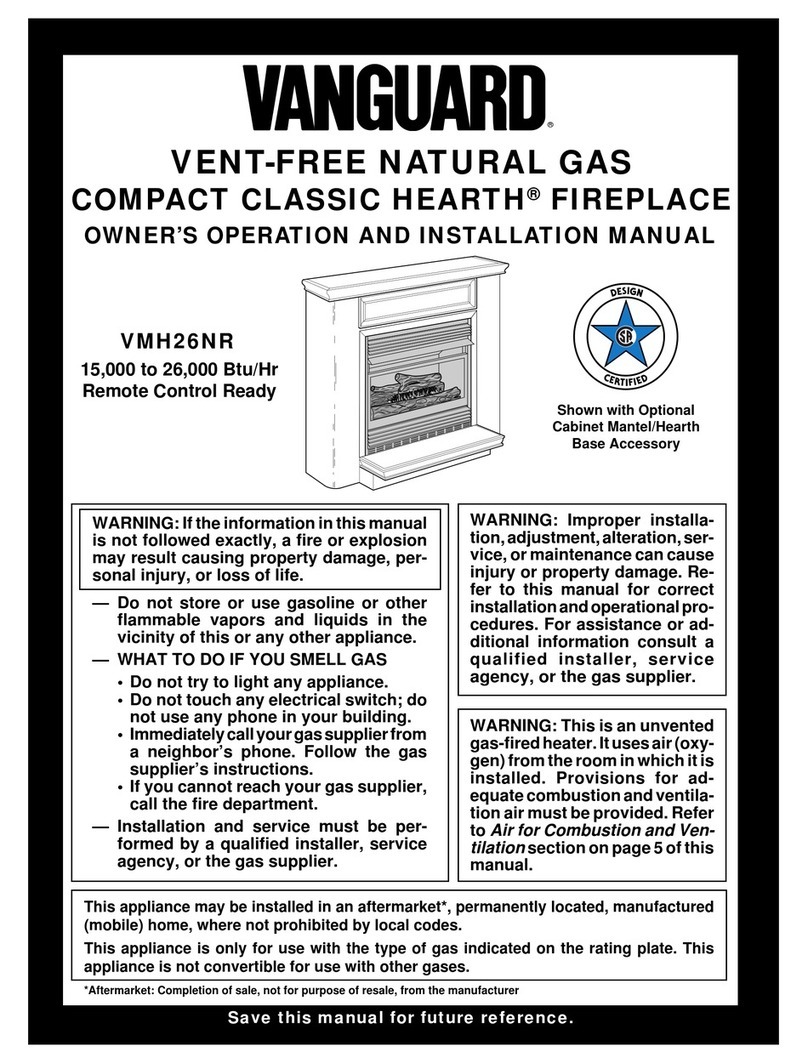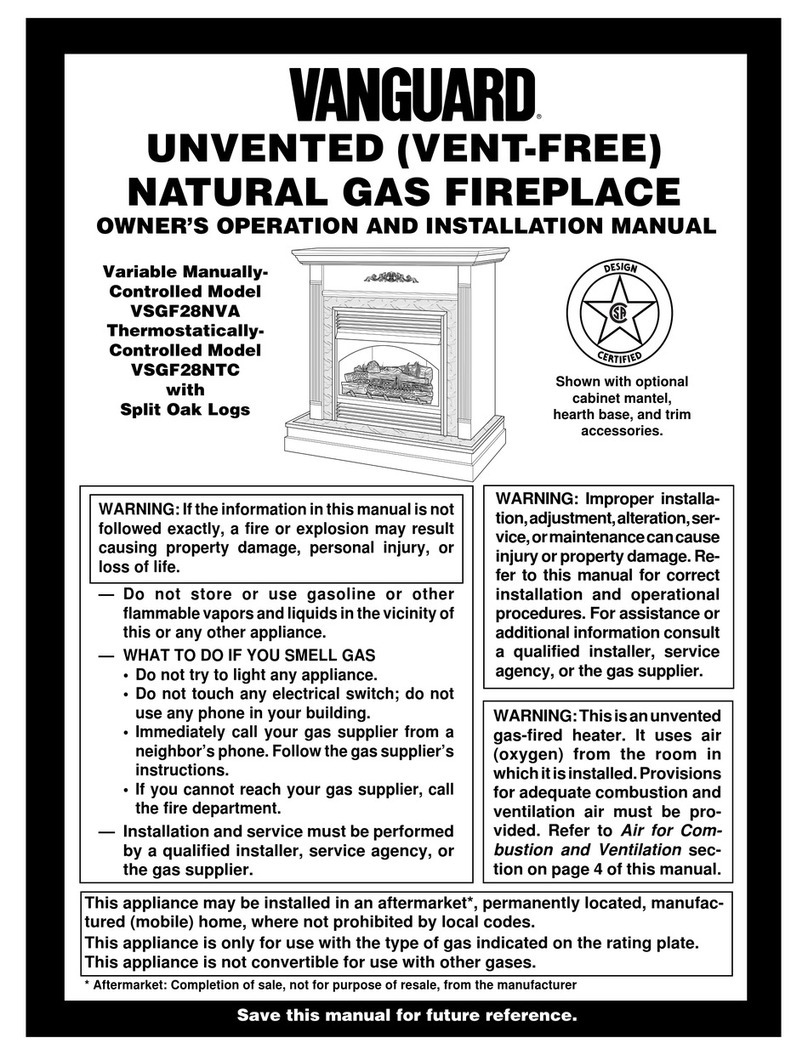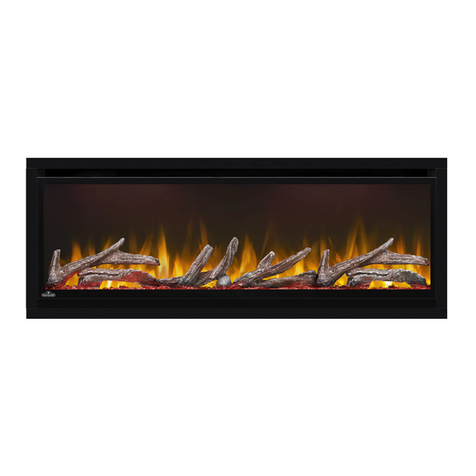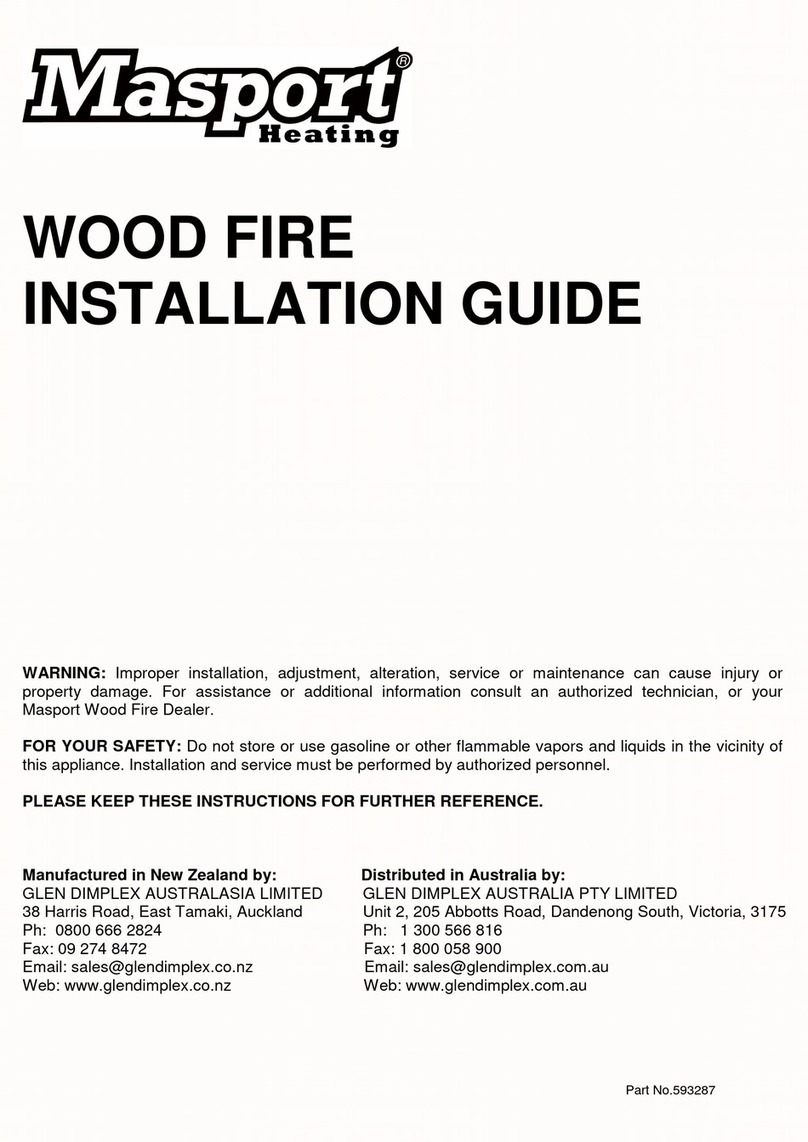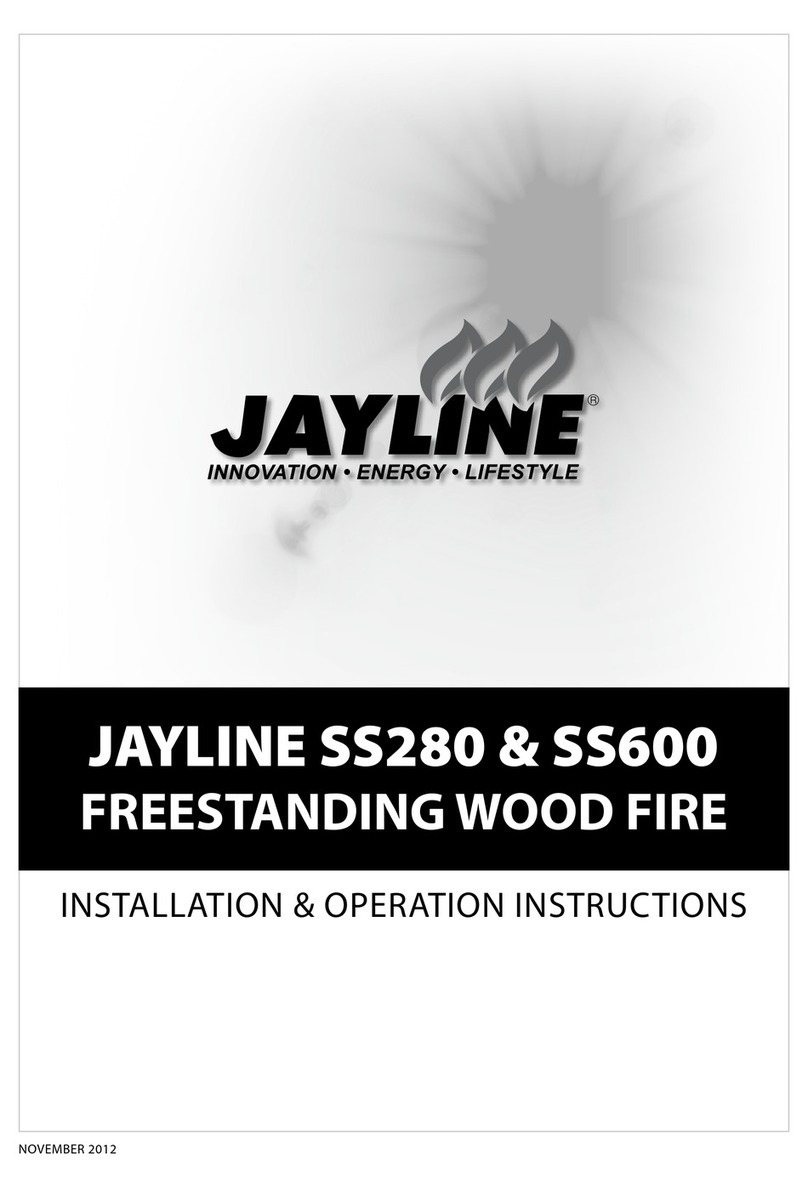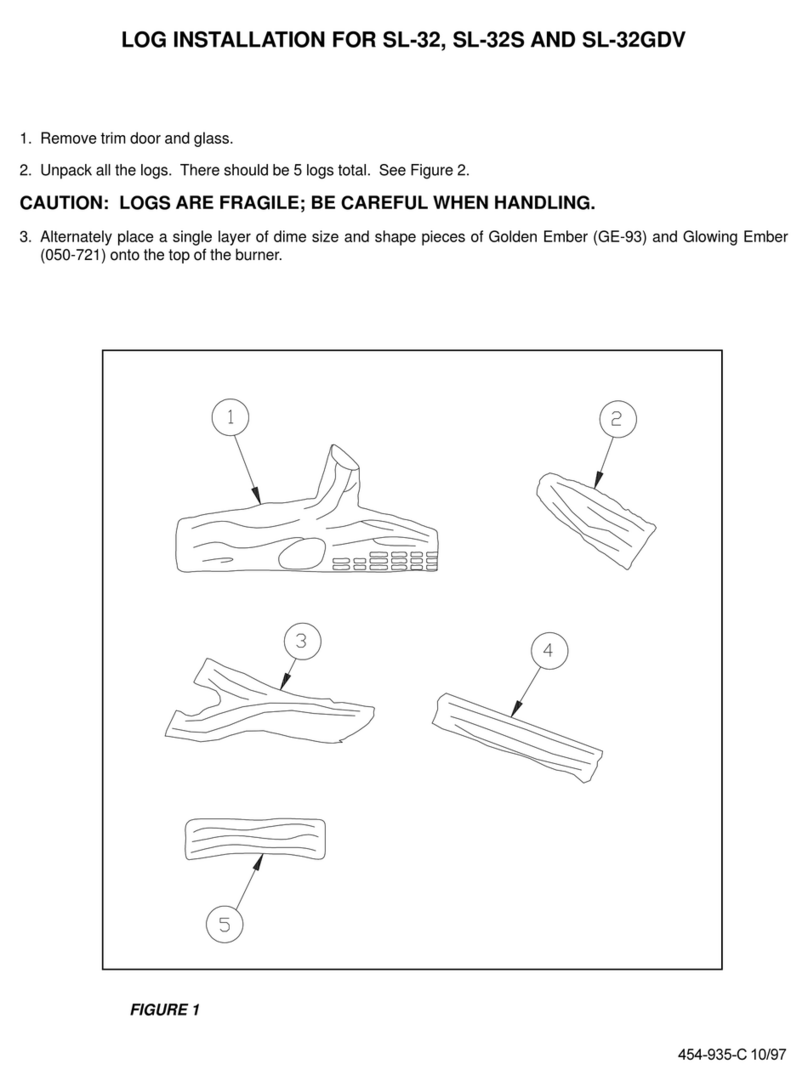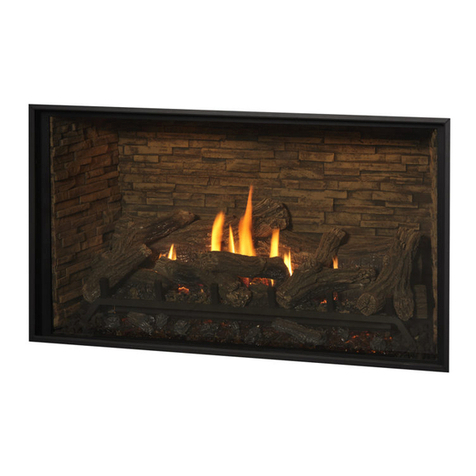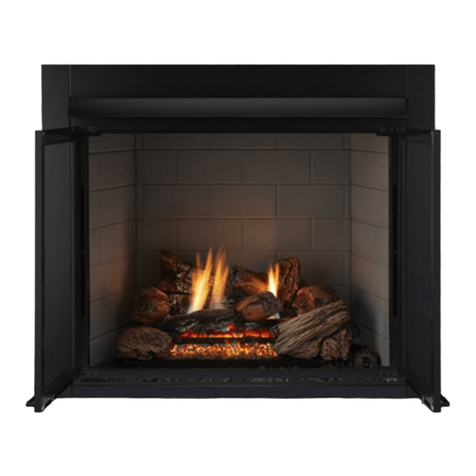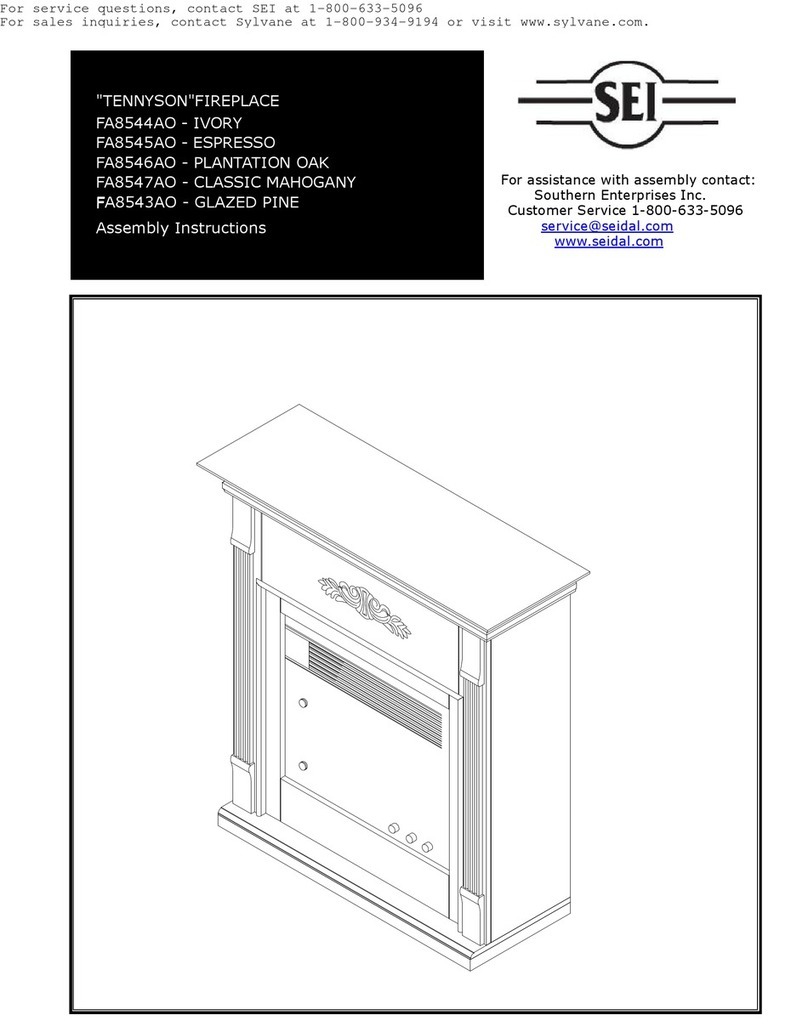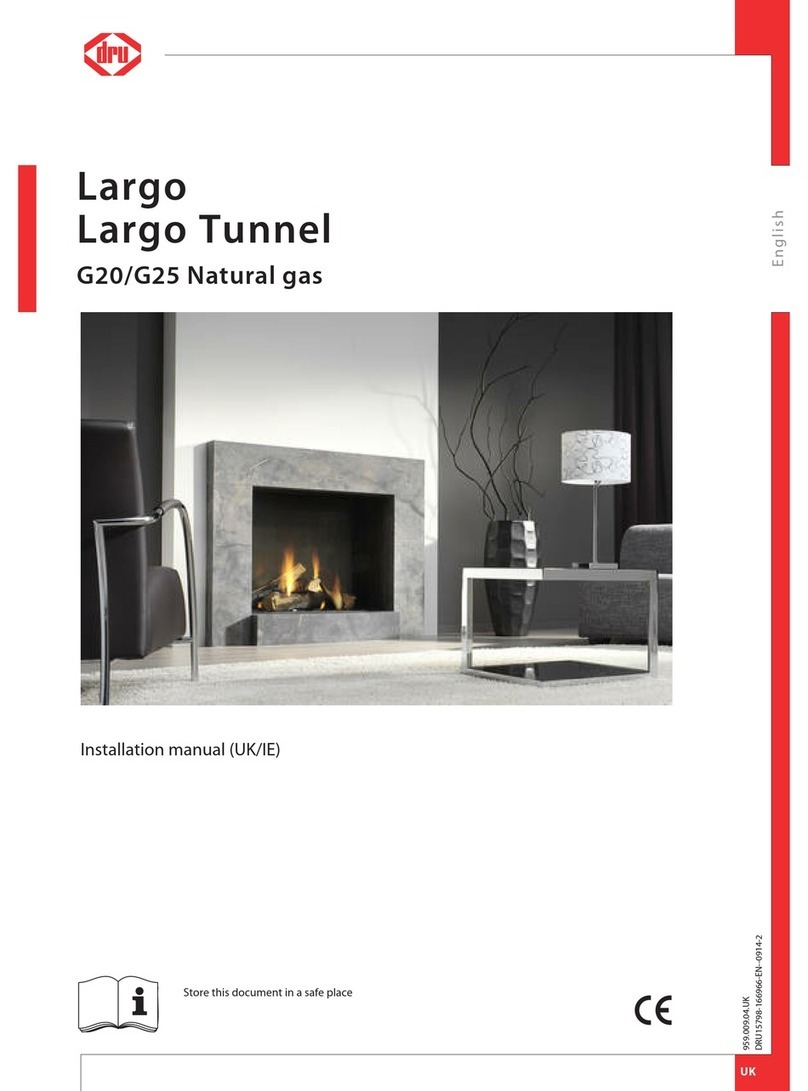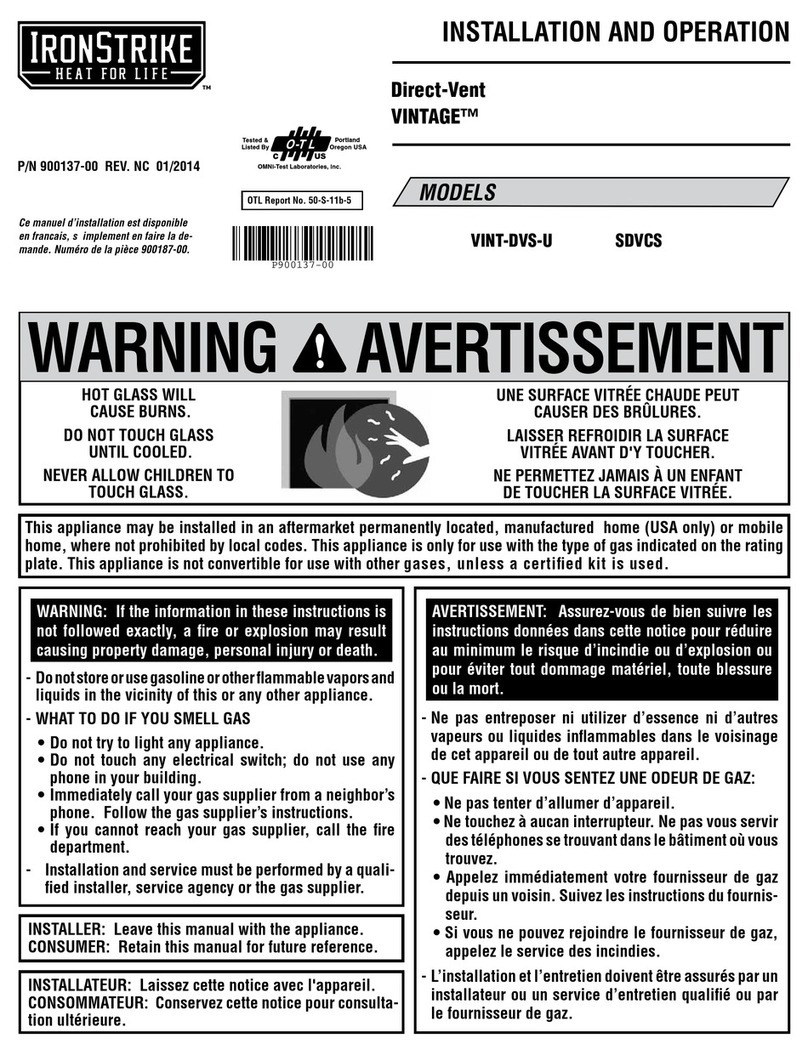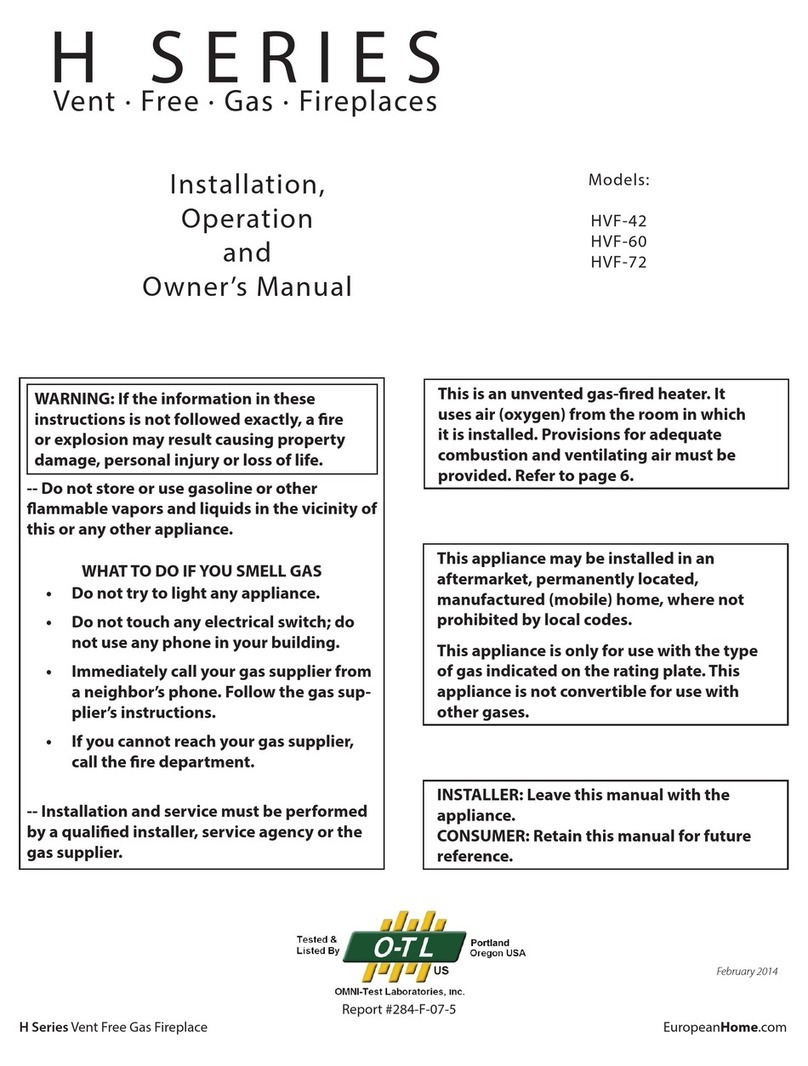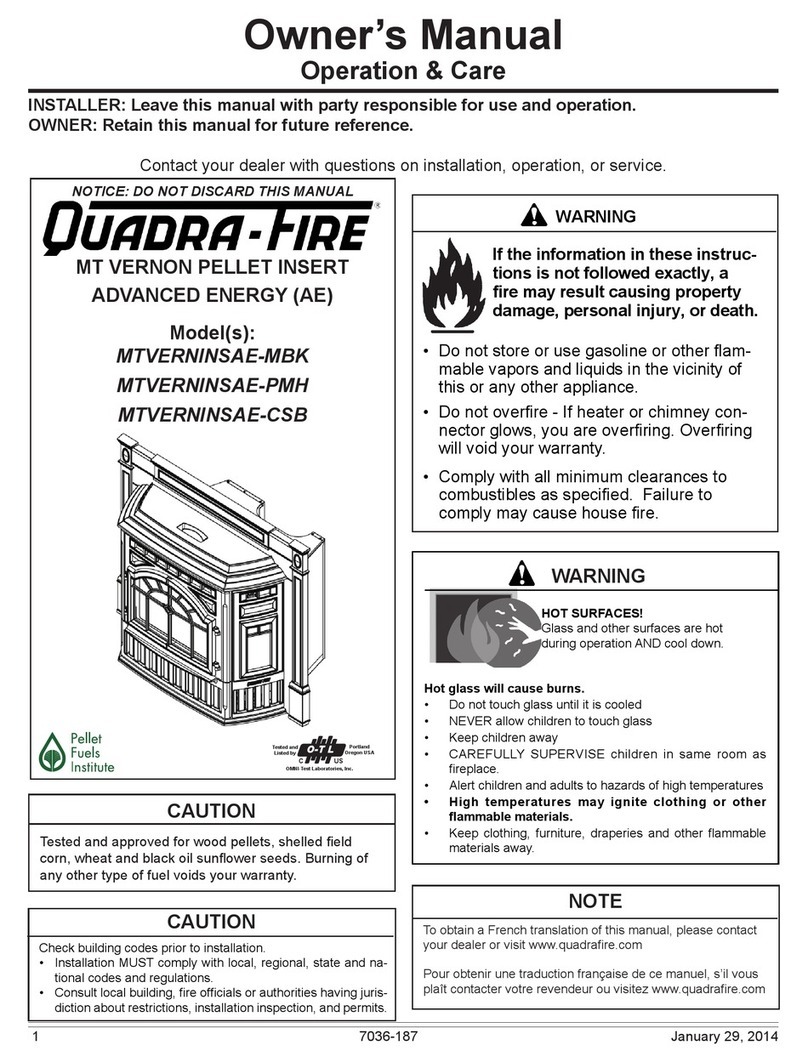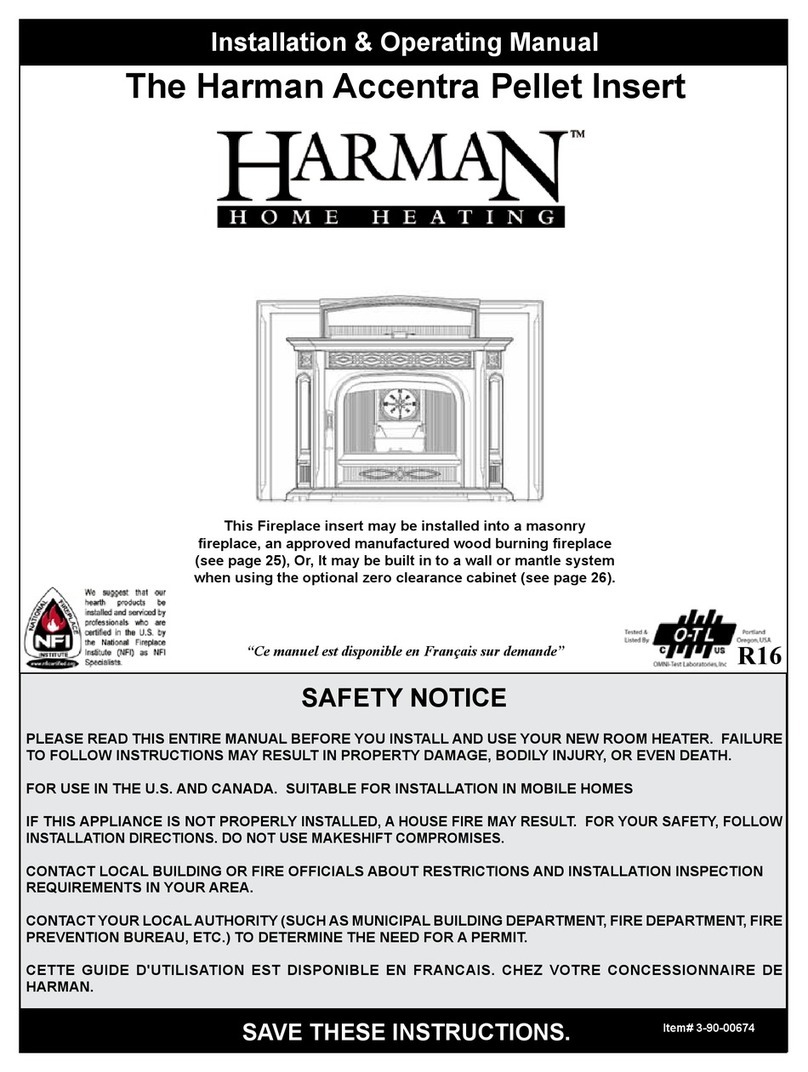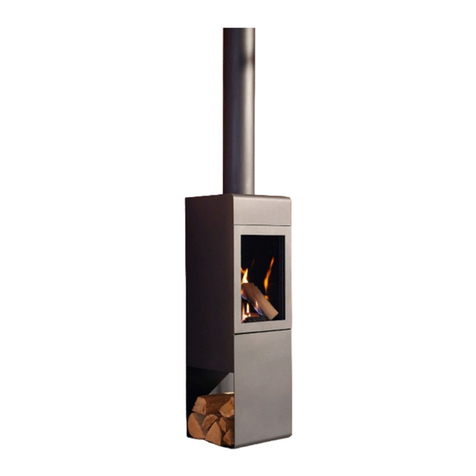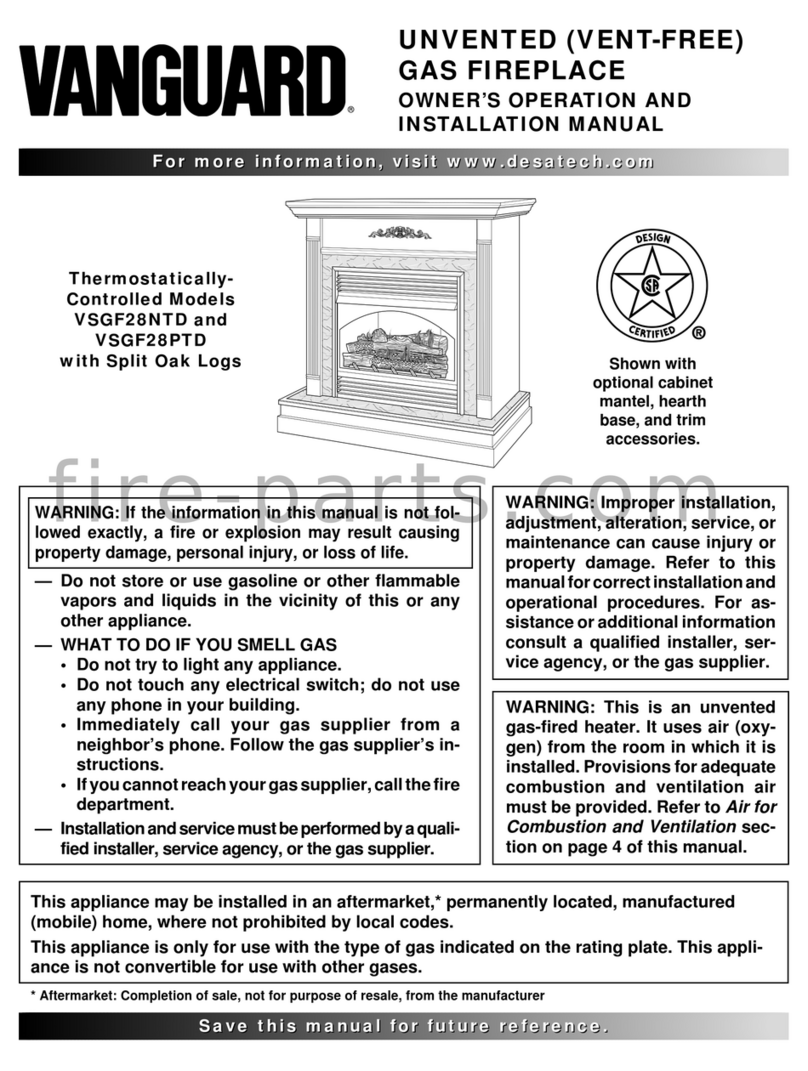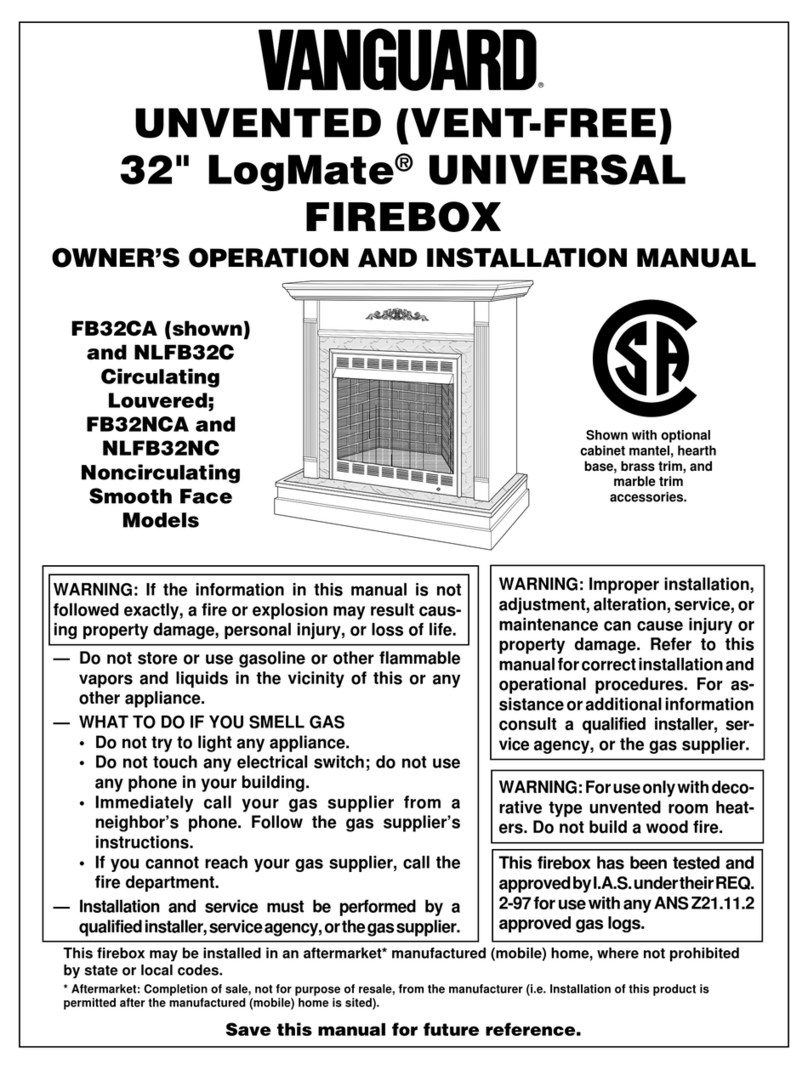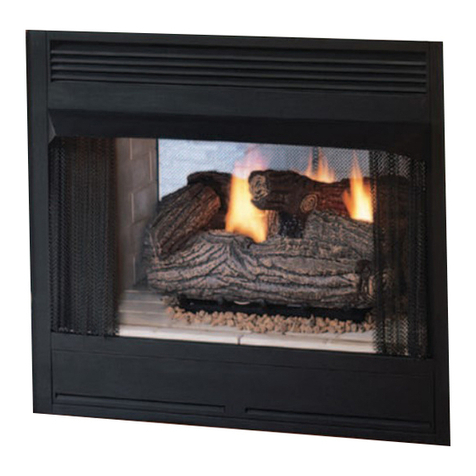
4
103451
UNVENTED (VENT-FREE) LOGMATE™ FIREBOX
VANGUARD
PROVIDING ADEQUATE
VENTILATION
ThefollowingisexerptsfromNationalFuel
Gas Code. NFPA 54/ANSI Z223.1, Section
5.3, Air for Combustion and Ventilation.
Allspacesinhomesfallintooneofthethree
following ventilation classifications:
1. Unusually Tight Contruction;
2. Unconfined Space;
3. Confined Space.
The information on pages 4 through 6 will
help you classify your space and provide
adequate ventilation.
Continued
Today’s homes are built more energy effi-
cient than ever. New materials, increased
insulation, and new construction methods
help reduce heat loss in homes. Home own-
ersweatherstripandcaulkaroundwindows
and doors to keep the cold air out and the
warm air in. During heating months, home
owners want their homes as airtight as pos-
sible.
While it is good to make your home energy
efficient,yourhomeneedstobreathe.Fresh
air must enter your home. All fuel-burning
appliances need fresh air for proper com-
bustion and ventilation.
Exhaustfans, fireboxes, clothes dryers,and
fuel burning appliances draw air from the
house to operate. You must provide ad-
equate fresh air for these appliances. This
will insure proper venting of vented fuel-
burning appliances.
PRODUCT
FEATURES
Operation
This firebox is designed for use with ap-
proved ANSI Z21.11.2 decorative type
unvented room heaters. (Physical size limi-
tations apply. Refer to minimum firebox
requirements supplied with log heater.) It
requiresnooutsideventingorchimneymak-
inginstallationeasyandinexpensive.When
used without the blower (models FB36CA
or FB42C only), the firebox requires no
electricity making it ideal for emergency
back-up heat.
Blower Accessory
The FB36CA or FB42C fireboxes will ac-
cept the GA3700 accessory. The variable
blower allows you to select the fan speed
youdesire. The blowercirculates heated air
from the firebox into the room. Use of
blower is optional.
Brick Liner
This firebox features a revolutionary light-
weight concrete brick liner. As with all
concreteliners,thislinermaydevelopslight
cracks when exposed to heat. These cracks
will not affect the performance of the fire-
place or vent-free gas logs.
LOCATING
FIREBOX
Planning
Planwhereyou will installthefirebox. This
will save time and money later when you
install the firebox. Before installation, con-
sider the following:
1. Where the firebox will be located. Al-
lowfor wall and ceiling clearances (see
Installation Clearances, page 7).
2. Everything needed to complete instal-
lation.
3. These models CANNOT be installed
in a bedroom or bathroom.
4. Proper air for combustion and ventila-
tion (see below).
AIR FOR
COMBUSTION AND
VENTILATION
WARNING:Thisfireboxshall
not be installed in a confined
spaceunless provisions are pro-
vided for adequate combustion
and ventilation air. Read the fol-
lowing instructions to insure
properfreshairforthisandother
fuel-burning appliances in your
home.
Unusually Tight Construction
The air that leaks around doors and win-
dows may provide enough fresh air for
combustion and ventilation. However, in
buildings of unusually tight construction,
you must provide additional fresh air.
Unusually tight construction is de-
fined as construction where:
a. walls and ceilings exposed to the
outside atmosphere have a con-
tinuous water vapor retarder with
a rating of one perm (6 x 10-11 kg
per pa-sec-m2) or less with open-
ings gasketed or sealed and
b. weather stripping has been
added on openable windows and
doors and
c. caulking or sealants are applied
to areas such as joints around
window and door frames, be-
tween sole plates and floors,be-
tween wall-ceiling joints, be-
tween wall panels, at penetra-
tionsforplumbing,electrical,and
gas lines, and at other openings.
If your home meets all of the three
criteria above, you must provide ad-
ditional fresh air. See
Ventilation Air
From Outdoors
, page 6.
If your home does not meet all of the
threecriteriaabove,proceedtopage5.
Confined and Unconfined Space
The National Fuel Gas Code (ANSIZ223.1,
1992 Section 5.3) defines a confined space
as a space whose volume is less than 50
cubicfeetper1,000Btuperhour(4.8m3per
kw) of the aggregate input rating of all
appliances installed in that space and an
unconfined space as a space whose volume
is not less than 50 cubic feet per 1,000 Btu
per hour (4.8 m3per kw) of the aggregate
inputratingofallappliancesinstalledinthat
space.Roomscommunicating directlywith
the space in which the appliances are in-
stalled*, through openings not furnished
with doors, are considered a part of the
unconfined space.
*Adjoiningroomsarecommunicatingonly
iftherearedoorlesspassagewaysorventila-
tion grills between them.
